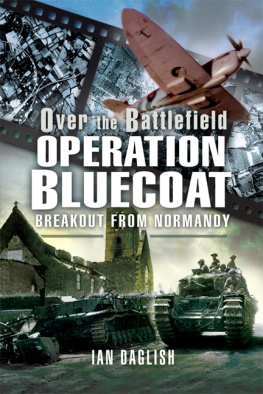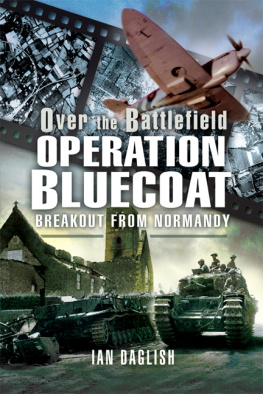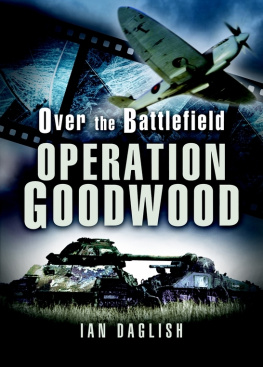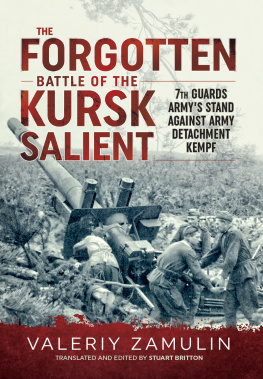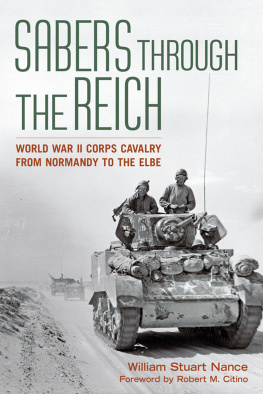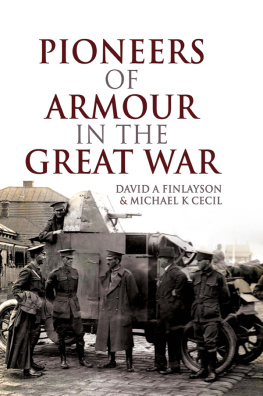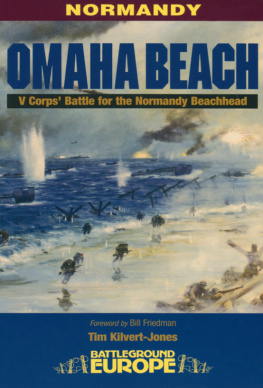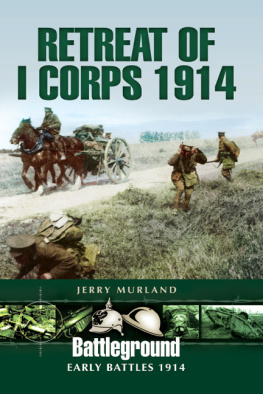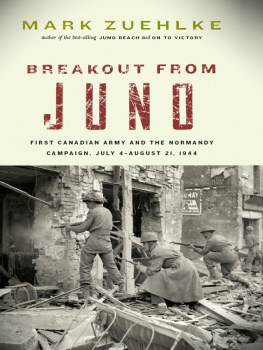First published in Great Britain in 2009 by
Pen & Sword Military
an imprint of
Pen & Sword Books Ltd
47 Church Street
Barnsley
South Yorkshire
S70 2AS
Copyright Ian Daglish, 2009
ISBN 9781848840492
eISBN 9781783034499
The right of Ian Daglish, to be identified as Author of this work has been asserted by him in accordance with the Copyright, Designs and Patents Act 1988.
A CIP catalogue record for this book is available from the British Library
All rights reserved. No part of this book may be reproduced or transmitted in any form or by any means, electronic or mechanical including photocopying, recording or by any information storage and retrieval system, without permission from the Publisher in writing.
Typeset in 10pt Palatino by Pen & Sword Books Limited
Printed and bound in England by
CPI UK
Pen & Sword Books Ltd incorporates the imprints of
Pen & Sword Aviation, Pen & Sword Maritime, Pen & Sword Military,
Wharncliffe Local History, Pen & Sword Select,
Pen & Sword Military Classics and Leo Cooper.
For a complete list of Pen & Sword titles please contact
PEN & SWORD BOOKS LIMITED
47 Church Street, Barnsley, South Yorkshire, S70 2AS, England
E-mail: enquiries@pen-and-sword.co.uk website: www.pen-and-sword.co.uk
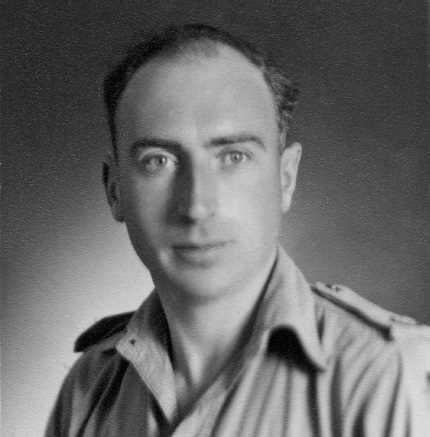
This book is dedicated to the memory of the late Major John Kenneth Officer Commanding 2nd Argyll and Sutherland Highlanders 28 to 31 July, 1944
He led the battalion during what was, in his own words:
Perhaps the most successful op. of all
ACKNOWLEDGEMENTS
The inspiration for this Over the Battlefield series derives in part from the authors long relationship with The Aerial Reconnaissance Archives. Over the years, this invaluable national resource has seen changes. From a windy garret over the geography building at Keele University, the collection was first re-housed into a secure, climate-controlled vault under the university library. Next, questions over the future of the archive were resolved by the untiring work of TARAs Operations Manager who oversaw the move of the archive to a new home, under the auspices of the Royal Commission on the Ancient and Historical Monuments of Scotland. The author extends both his gratitude and encouragement to Allan Williams and his staff at the RCAHMS.
Others deserving of the authors thanks include David Fletcher, Historian at The Tank Museum, Bovington, who supplements the valuable archive in his care with a vast store of knowledge freely shared. The National Archives at Kew continues to provide outstanding service in facilitating access to its wealth of information.
Very special thanks go to friends who have assisted this project. Kevin Baverstock, cartographer and Normandy historian, has continued to offer both encouragement and his remarkable image-processing expertise. Simon Trew of the Royal Military Academy Sandhurst has been generous with information and hospitality. Charles Markuss contributed his comprehensive knowledge of the German Army and advised on technical aspects of armoured warfare; both he and Friedrich Tichy assisted the author on matters of German nomenclature.
The author thanks several Normandy friends. Professor Jean-Claude Perrigault of Caen continues graciously to offer documents and advice. Michel Leteinturier, MBE, of Maisoncelles has shared his unparalleled local knowledge, including rare photographs of the post-BLUECOAT battlefield. Annick Bittle of Gavrus typifies a generation for whose parents the war brought untold suffering, yet who now offer friendship and hospitality to visiting veteran and historian alike. Jean-Marc Lesueur of Bretteville is likewise welcoming to visiting veterans, while keeping up a family tradition of tending the graves of British soldiers and maintaining links with the liberators and their descendants.
New sources of information emerging over the five years since publication of the authors earlier work on BLUECOAT have added both detail and accuracy to this account. Also, comments received from former participants in the battle have contributed still further details as well as (gratifyingly few) corrections, for which the author is deeply appreciative.
Permission for use of 1944 aerial photography by United States forces was granted by the FOIA Officer, Defense Intelligence Agency, Washington DC. Images Crown Copyright 1944/MOD are reproduced with the permission of the Controller of Her Majestys Stationery Office. Other images are used by courtesy of The Tank Museum, Robert Boscawen, Tony Brady, Michel Leteinturier, Andrew Oglesby and Hilary Thornburn.
NOTES ON CONTENT AND TERMINOLOGY
1. As the authors previous Over the Battlefield studies of Operation EPSOM and Operation GOODWOOD, this is the story of a battle. Once again, rather than burden the story with overmuch technical detail, a quantity of background information is presented in chapter-end reference notes and in separate appendices, organized by topic, into which the reader may dip at will.
2. Wherever possible, direct quotations are presented verbatim: retaining original spelling, punctuation, grammar, and abbreviation. In the case of military terminology, the author hopes that the reader will be able to decipher (for example) such standard forms as pl for platoon, coy for company, or ATk for antitank from the context in which they appear. Standardized German unit and rank abbreviations (e.g., Pz.Gr.Rgt. for Panzergrenadierregiment; Stubaf. for Sturmbannfhrer ) are used only sparingly, and only after the full version has appeared in the text.
British units proper designations can be unwieldy: such as 2nd Fife and Forfarshire Yeomanry , or 2nd Battalion (Reconstituted), The Argyll & Sutherland Highlanders , and even The Ayrshire Yeomanry (Earl of Carricks Own), 151st Field Regiment, Royal Artillery . Following their first appearance, such titles are routinely abbreviated, as they generally were in the field: hence Fifes, Argylls , and Ayrshires . Similarly, in two specific cases within 11th Armoured Division: 3rd Battalion, Royal Tank Regiment may be referred to as 3rd Royal Tanks or 3rd RTR; and 8th Battalion, The Rifle Brigade as 8th RB.
Units of measurement are generally reported in terms appropriate to the nationality. The Allies referred to guns by weight of shell (6-pounder, 25-pounder) and calibre in millimetres (75mm, eighty-eight); whereas the German nomenclature favoured centimetres (7.5cm, 8.8cm; note however that the point is used rather than the German comma for decimals). Both imperial and metric measures of distance are used, as appropriate. For example, if a British unit advanced on a front estimated as two hundred yards , it would be misleading to record the measure as 200m, yet otiose to give it as 182.88m.
Hills feature in this narrative, and their spot heights are given in metres as on 1944 maps, which sometimes do not correspond exactly to modern trigonometry. They are of course close to the altitudes marked on modern French maps, but with so many hills having similar spot heights, confusion can arise. Therefore, the first time each spot height is mentioned, its equivalent on modern maps is shown in brackets. A similar procedure is used for French road numbers, as nowadays these rarely retain their 1944 designations.
Other details of the maps used in this volume are discussed at length in .
3. Where possible, translations into English have been made by the author from original sources. Such translations attempt to be faithful to the original sense rather than word-forword, so may differ from other published versions.

